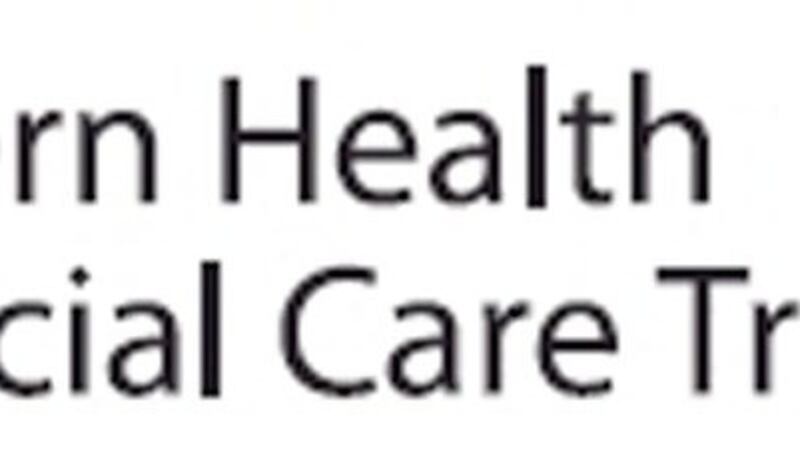ALMOST 40,000 requests for interpreters were received in the past year through the NI Regional HSC Interpreting Service in the Southern health trust.
Figures presented to members of the trust’s board at its meeting on Thursday show that during the 2021/22 financial year there were 38,495 requests made.
This represents a 46.75 per cent increase on the 26,231 requests for interpretation received in the previous year.
The three languages requested most frequently were Polish, Arabic and Romanian.
In total, there were 19,265 requests for a Polish translation, 15,431 for an Arabic and 9,546 for a Romanian.
The top ten languages for translation requests in the trust area also included Lithuanian (9,222), Bulgarian (6,868), Portuguese (6,312), Tetum (5,431), Slovak (4,271), Mandarin (2,568) and Somali (2,191).
In addition to these requests, 9,093 calls were serviced through the telephone interpreting service and 544 appointments were supported with sign language interpreters.
Additionally 149 documents were translated into minority languages.
The Southern trust was the health organisation with the highest number of translation requests received in the 2021/22 financial year followed by Belfast with 30,413 requests.
The trust with the fewest number of translation requests received was the Western with 6,130 requests received.
The trust’s head of equality, diversity and inclusion, Cathy Laverty, said it had a “very diverse service user population and our use of translation and interpreting is vital to that provision for our service users”.
“We saw an increase in the use of the face-to-face interpreting service in the 2021/22, as Covid-19 cases fell back a bit,” she said.
“The top ten languages have not changed that much when compared with previous years.
“In addition to face-to-face interpreting we also have telephone interpreting services available. During the pandemic use of this service increased as face-to-face was not available but we have seen the figures using that service remain quite high.”


